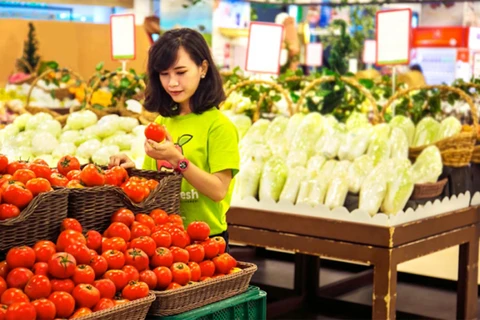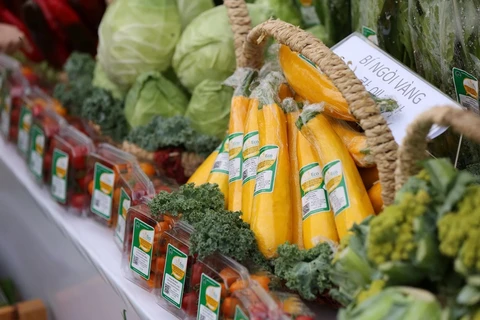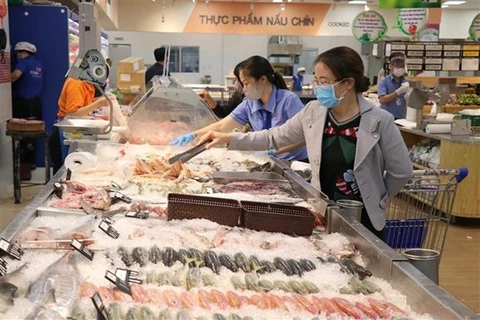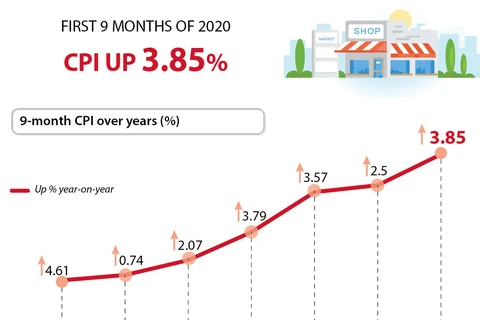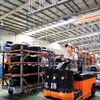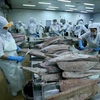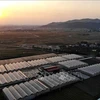Hanoi (VNA) – The consumer price index (CPI) inched up 0.09 percent in October against the previous month, and 2.47 percent year-on-year, according to the General Statistics Office of Vietnam (GSO).
Among 11 groups of products and services in the CPI basket, a decline was recorded in the groups of restaurant and catering service (0.13 percent); transportation (0.08 percent); post and telecommunication service (0.03 percent); culture, entertainment and tourism (0.18 percent).
Meanwhile, six groups seeing higher prices were education service (1.52 percent); houses and building materials (0.29 percent); property maintenance materials and services (0.29 percent); beverage and tobacco (0.08 percent); garment, hat and footwear (0.06 percent); and other goods and services (0.09 percent).
Head of the GSO’s Price Statistics Department Do Thi Ngoc said the rise in October’s CPI was fueled by a surge in tuition fee for the 2020-2021 academic year in nine centrally-run cities and provinces, high prices of vegetables due to impacts of the sixth and seventh storms, and increase in gas prices to keep up with swings in the global market.
Meanwhile, there were some factors helping curb the CPI downtrend, including a decline in fork prices (2.84 percent) and petro prices (0.81 percent).
In October, gold prices moved in tandem with global gold prices, which underwent erratic fluctuation on the threshold of the US President Election and the complicated developments of the COVID-19 pandemic.
The VND/USD exchange rate rose 0.07 percent, with one USD exchanged for 23,275 VND.
According to the GSO, core inflation (CPI excluding food items, energy products and commodities under the State management like medical and educational services) fell from 3.25 percent in January to 1.88 percent in October.
The country’s CPI went up 3.71 percent during January-October, with CPI in urban areas surging 3.29 percent, and that in rural localities increasing 4.13 percent against the same time last year. Core inflation rate grew 2.52 percent year-on-year./.
VNA


